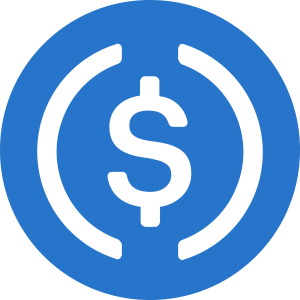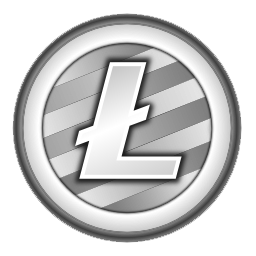Platforms That Offer PASSIVE INCOME on Crypto Assets
 Binance |  BitPanda |  CakeDeFi | ||
 | Kusama | 5.00% (Staking) | 15.51% (Staking) | |
 | USDC | 6.50% (Lending) | ||
 | Tezos | 7.12% (Staking) | 6.63% (Lending) | |
 | Bitcoin | 5.00% (Lending) | 5.00% (Lending) | |
 | Ethereum | 5.20% (Staking) | 6.00% (Lending) | |
 | Litecoin | 0.32% (Lending) | ||
 | Dash | 7.39% (Staking) | 5.20% (Staking) | |
 | Bitcoin Cash | 8.00% (Lending) | ||
 | Stellar | 0.35% (Lending) | ||
 | Cardano | 11.29% (Staking) | 3.55% (Lending) | |
 | TRON | 12.38% (Staking) | 9.23% (Staking) | |
 | BNB | 7.59% (Staking) | ||
 | USDT (Tether) | 8.00% (Lending) | 6.50% (Lending) | |
 | Maker | 0.50% (Lending) | ||
 | LINK | 0.20% (Lending) | ||
 | UniSwap | 0.67% (Lending) | ||
 | Solana | 10.90% (Staking) | 4.30% (Lending) | |
 | Polkadot | 20.98% (Staking) | 11.35% (Staking) | |
 | Avalanche | 18.90% (Staking) | 6.93% (Staking) | |
 | Ripple | 0.45% (Lending) | ||
As the popularity of cryptocurrencies continues to grow, investors are looking for ways to generate passive income from their holdings. Two popular methods are crypto staking and crypto lending. In this article, we'll compare the two instruments and help you decide which one is right for you.
Crypto Staking
Crypto staking is the process of holding cryptocurrency in a wallet to support the network and validate transactions. In exchange for staking, users earn rewards in the form of additional cryptocurrency. Staking requires users to lock up their funds for a certain period of time, often ranging from a few days to several months.
One of the benefits of staking is that it provides a way to earn passive income without requiring a significant amount of effort or technical expertise. Staking rewards can be quite substantial, especially for popular cryptocurrencies like Ethereum and Cardano.
However, staking does come with risks. For example, if the price of the cryptocurrency being staked drops significantly, the rewards earned may not be enough to offset the loss. Additionally, staking requires users to have a certain amount of the cryptocurrency being staked, which can be a barrier to entry for some investors.
Crypto Lending
Crypto lending involves lending out cryptocurrency to other users in exchange for interest payments. The lending platform acts as an intermediary between lenders and borrowers, and typically offers a range of options for loan terms and interest rates.
One of the benefits of crypto lending is that it provides a way to earn interest on cryptocurrency holdings without having to sell them. Additionally, lenders have control over the terms of the loan, including the interest rate and the duration.
However, like staking, crypto lending does come with risks. The most significant risk is the possibility of default by the borrower. Additionally, lending platforms are not regulated in the same way as traditional banks, which can lead to concerns about security and stability.
Evaluating Risk and Return
When evaluating the risk and return of staking and lending, it's important to consider a variety of factors. These may include the volatility of the cryptocurrency being staked or lent, the reputation and security of the staking or lending platform, and the potential for default or other risks.
Additionally, it's important to consider the potential returns of each instrument. Staking rewards can be substantial, but may not be as consistent as interest payments from lending. Lending interest rates may be lower, but the risk of default can be mitigated by diversifying across multiple loans and borrowers.
Conclusion
Both crypto staking and crypto lending can be effective instruments for generating passive income from cryptocurrency holdings. However, they come with different risks and potential returns, and require careful evaluation before investing.
Ultimately, the decision of which instrument to use will depend on your individual risk tolerance, investment goals, and level of technical expertise. It's important to do your own research and carefully consider the risks and benefits of each option before making a decision.





